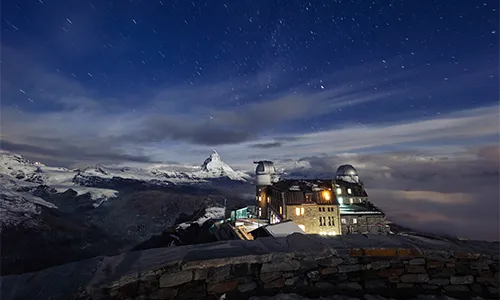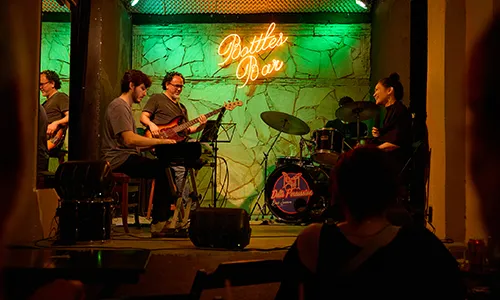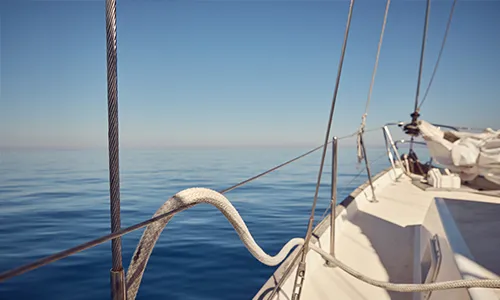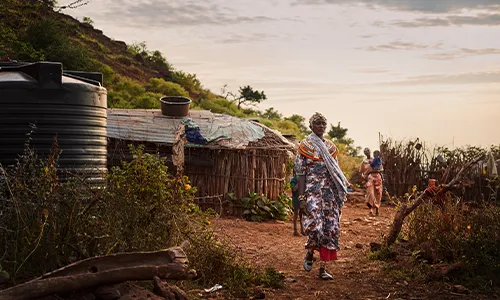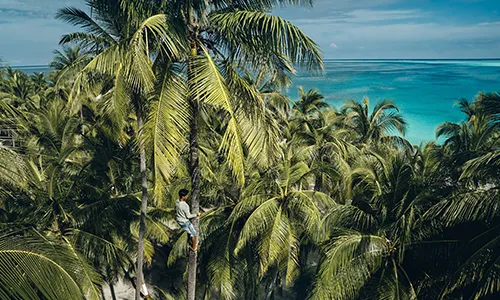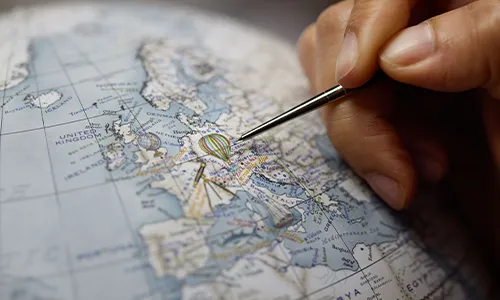Rio e la musica incantata:
sulle tracce della bossa nova
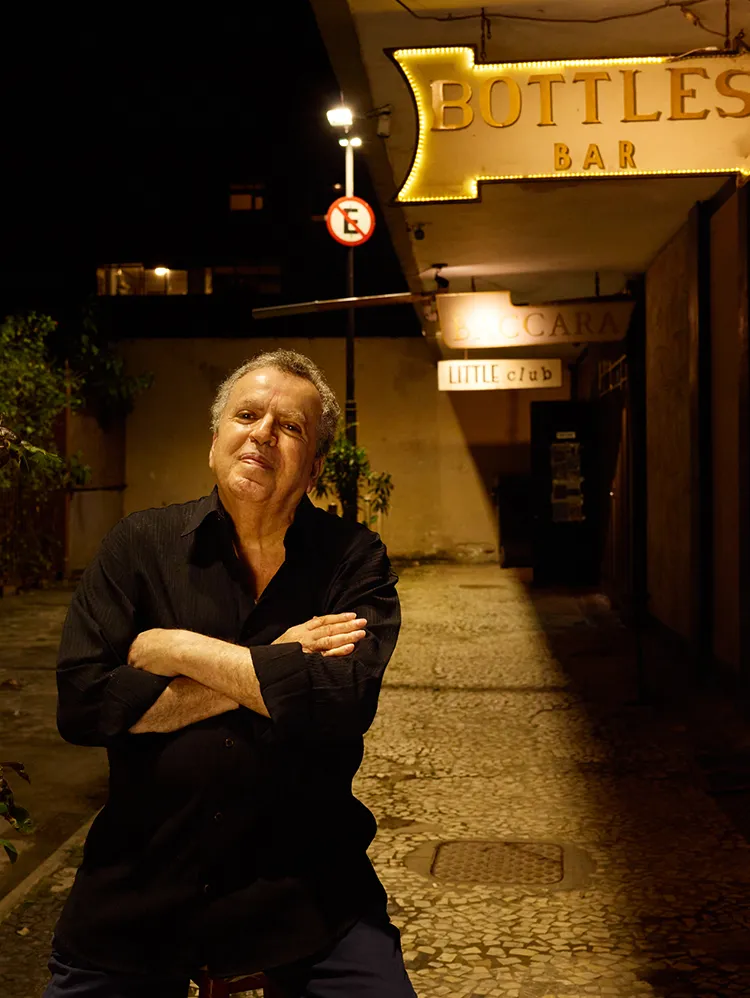
Sérgio de Martino racconta cosa accadde. “La bossa nova fu inventata da tre musicisti: Antônio Carlos Jobim, João Gilberto e Johnny Alf, che in realtà si chiamava Alfredo José da Silva.” Chi dei tre prese per primo la chitarra e portò nella musica una leggerezza mai vista prima, nessuno lo sa con certezza. Era il Brasile socialista della fine degli anni ’50, che stava vivendo una fase di rapida modernizzazione. In mezzo a tutto ciò c’erano questi tre signori. Scatenarono un’onda che avrebbe travolto il mondo intero.
“Allora si sedevano qui”, racconta Sérgio de Martino indicando il minuscolo palco. “Suonavano e cantavano, e tutti li ascoltavano incantati.” La gente stava fuori, per strada: musicisti, personaggi famosi, politici, centinaia di ospiti. Tutti volevano ascoltare quella musica. Quelle melodie non le conosceva nessuno. “Quella musica era incredibile. Era calda e morbida come il mare davanti a casa nostra.”

Sérgio de Martino racconta cosa accadde. “La bossa nova fu inventata da tre musicisti: Antônio Carlos Jobim, João Gilberto e Johnny Alf, che in realtà si chiamava Alfredo José da Silva.” Chi dei tre prese per primo la chitarra e portò nella musica una leggerezza mai vista prima, nessuno lo sa con certezza. Era il Brasile socialista della fine degli anni ’50, che stava vivendo una fase di rapida modernizzazione. In mezzo a tutto ciò c’erano questi tre signori. Scatenarono un’onda che avrebbe travolto il mondo intero.
“Allora si sedevano qui”, racconta Sérgio de Martino indicando il minuscolo palco. “Suonavano e cantavano, e tutti li ascoltavano incantati.” La gente stava fuori, per strada: musicisti, personaggi famosi, politici, centinaia di ospiti. Tutti volevano ascoltare quella musica. Quelle melodie non le conosceva nessuno. “Quella musica era incredibile. Era calda e morbida come il mare davanti a casa nostra.”

Sérgio de Martino racconta cosa accadde. “La bossa nova fu inventata da tre musicisti: Antônio Carlos Jobim, João Gilberto e Johnny Alf, che in realtà si chiamava Alfredo José da Silva.” Chi dei tre prese per primo la chitarra e portò nella musica una leggerezza mai vista prima, nessuno lo sa con certezza. Era il Brasile socialista della fine degli anni ’50, che stava vivendo una fase di rapida modernizzazione. In mezzo a tutto ciò c’erano questi tre signori. Scatenarono un’onda che avrebbe travolto il mondo intero.
“Allora si sedevano qui”, racconta Sérgio de Martino indicando il minuscolo palco. “Suonavano e cantavano, e tutti li ascoltavano incantati.” La gente stava fuori, per strada: musicisti, personaggi famosi, politici, centinaia di ospiti. Tutti volevano ascoltare quella musica. Quelle melodie non le conosceva nessuno. “Quella musica era incredibile. Era calda e morbida come il mare davanti a casa nostra.”
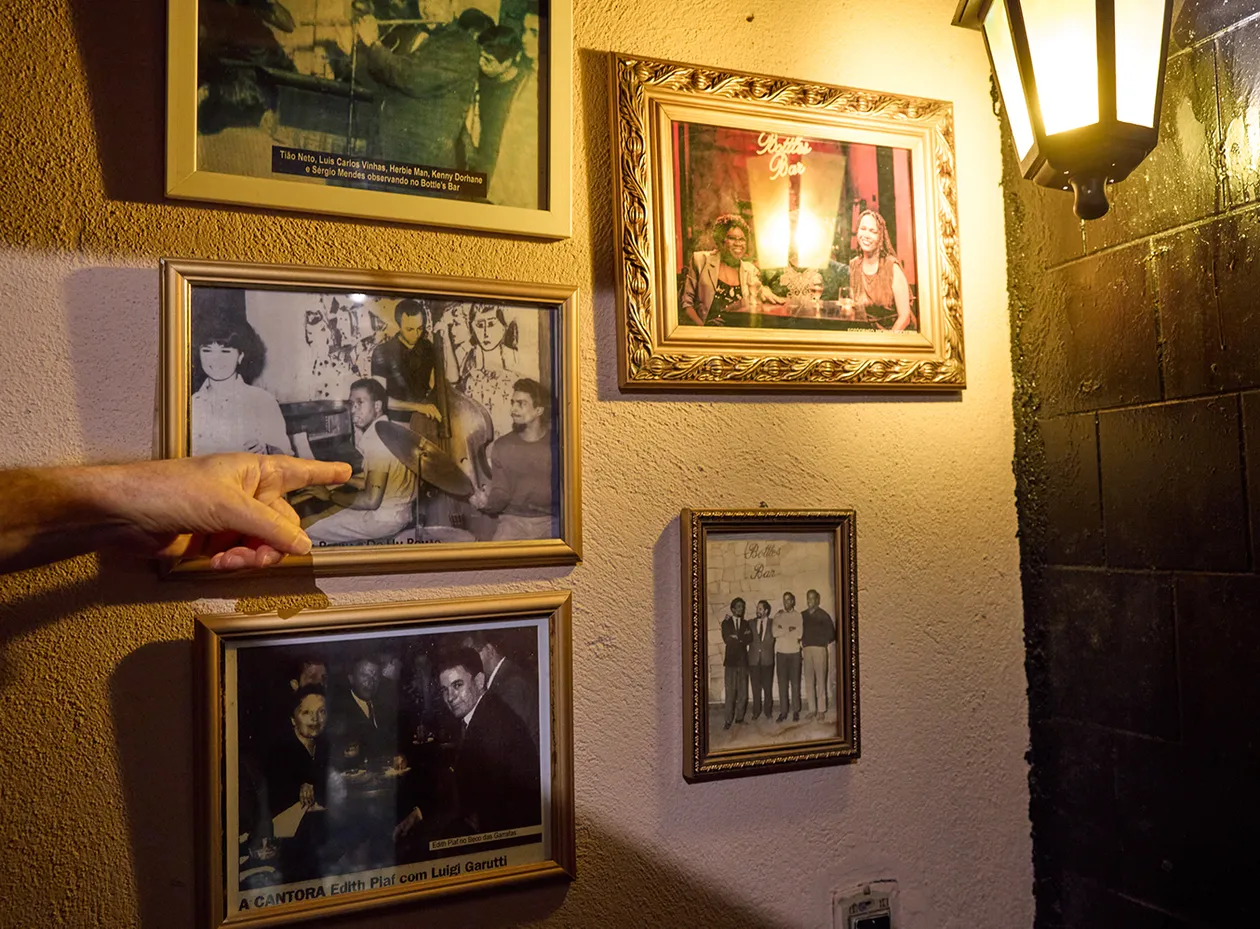
De Martino indica una vecchia foto nel locale. Ritrae Antônio Carlos Jobim, il grande maestro della bossa nova. All’epoca aveva scritto brani come “Chega de Saudade” e “Desafinado”. Non erano ancora successi mondiali. I musicisti suonavano quei pezzi a Rio e Brasilia. Le loro melodie scorrevano sulle spiagge e attraversavano i night club. Poi arrivò qualcosa di mai sentito prima: la brillantezza di João Gilberto.
Un giovane uomo che aveva suonato in band scolastiche, a feste e matrimoni. Gilberto poi si era sistemato a Rio, arrangiandosi con qualche lavoro occasionale. Ma nel frattempo si esercitava senza sosta. I suoi accordi di chitarra avevano qualcosa di cristallino. Il suo modo di suonare e la sua voce sembravano palme che danzano nel vento. Quando Gilberto, con la sua spiccata sensibilità, registrò il brano “Chega de Saudade”, nell’estate del 1958, il tempo si fermò. “Un minuto e 59 secondi che hanno cambiato tutto”, avrebbe scritto più tardi lo scrittore brasiliano Ruy Castro.
Il canto e la delicata chitarra di João Gilberto furono il botto più dolce che il mondo avesse mai udito. Tutti volevano ascoltare quella musica. Tutti volevano suonare così. E tutti volevano vivere così. Con dolcezza e bellezza.
The next morning, people are out strolling, volleyball players warming up, beach boys strutting their stuff. Looming in the distance: Corcovado and Sugar Loaf Mountain. Bikinis, coconuts, papaya juice to kick the day off. Bossa nova could only have been invented here.
The music flows through the city like an elixir – to this day. Musicians like Israeli guitarist Yuval Ben keep it alive and reinvent it a little bit as well. Ben is playing in the Little Club tonight. Leaning against the wall with a glass of water during the break he says: ‘It’s subtle, elegant music. Bossa nova touches the finer nerves and tastes like a banana. Soft and sweet.’
Many other artists in Rio celebrate the bossa nova too. They perform in clubs and tour internationally. But the question remains: where does the beauty of the music ultimately lie? Where does the poetry come from?
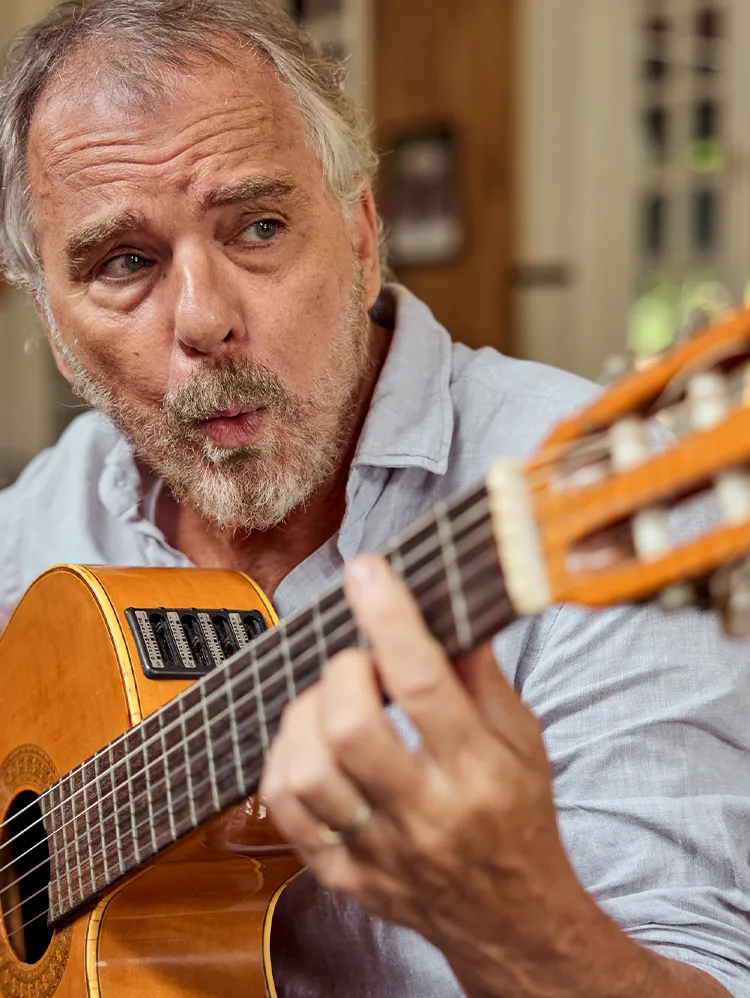

The Brazilian composer Gastão Villeroy has his own approach to creating a new song. ‘I sing the melody’, he says. ‘No guitar, no piano, no accompaniment of any kind.’ With bossa nova, the melody is king. It has to be logical and sound absolutely natural. ‘In the end’, he says, ‘the song writes itself.’
No one wrote melodies like Antônio Carlos Jobim, the godfather of bossa nova. Jobim is a national hero in Brazil. Sacrosanct, almost like Pelé. They’ve even named Rio’s international airport after him: Aeroporto Antônio Carlos Jobim. A fitting testimonial. Flight. Becoming airborne. Jobim knew what that was like; his melodies had wings.
No one wrote melodies like Antônio Carlos Jobim, the godfather of bossa nova. Jobim is a national hero in Brazil. Sacrosanct, almost like Pelé. They’ve even named Rio’s international airport after him: Aeroporto Antônio Carlos Jobim. A fitting testimonial. Flight. Becoming airborne. Jobim knew what that was like; his melodies had wings.
Armando Pittigliani, now 89, also knows something about the magic. The bossa nova producer who helped create the wave explains it this way: ‘Bossa nova is the most beautiful thing we have. Why? I’ll tell you. It’s medicine. It’s the best heart medicine you can get in the whole wide world.’
Asked where he thinks the magic comes from, Flávio Mendes, another singer, guitarist, composer, says: ‘Bossa nova is like a tender caress.’ But a recipe? There’s no such thing. ‘If you listen to Gilberto, you’ll know why.’
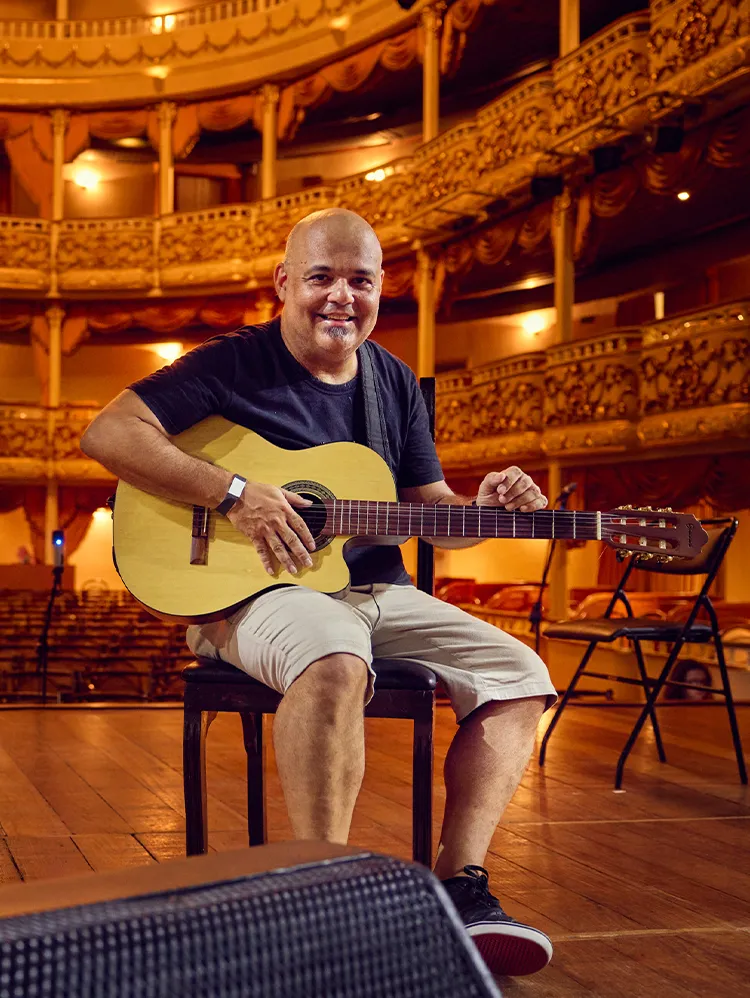
No one wrote melodies like Antônio Carlos Jobim, the godfather of bossa nova. Jobim is a national hero in Brazil. Sacrosanct, almost like Pelé. They’ve even named Rio’s international airport after him: Aeroporto Antônio Carlos Jobim. A fitting testimonial. Flight. Becoming airborne. Jobim knew what that was like; his melodies had wings.
Armando Pittigliani, now 89, also knows something about the magic. The bossa nova producer who helped create the wave explains it this way: ‘Bossa nova is the most beautiful thing we have. Why? I’ll tell you. It’s medicine. It’s the best heart medicine you can get in the whole wide world.’
Asked where he thinks the magic comes from, Flávio Mendes, another singer, guitarist, composer, says: ‘Bossa nova is like a tender caress.’ But a recipe? There’s no such thing. ‘If you listen to Gilberto, you’ll know why.’
Armando Pittigliani, now 89, also knows something about the magic. The bossa nova producer who helped create the wave explains it this way: ‘Bossa nova is the most beautiful thing we have. Why? I’ll tell you. It’s medicine. It’s the best heart medicine you can get in the whole wide world.’
Asked where he thinks the magic comes from, Flávio Mendes, another singer, guitarist, composer, says: ‘Bossa nova is like a tender caress.’ But a recipe? There’s no such thing. ‘If you listen to Gilberto, you’ll know why.’

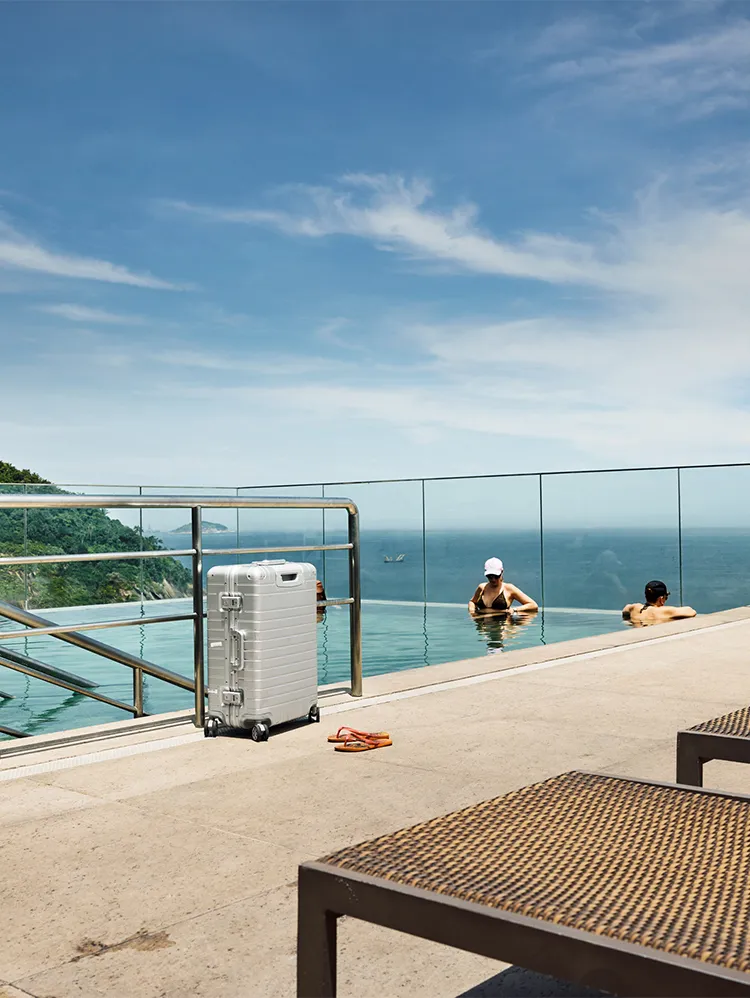
No one else made the music sound like silk. In his search for absolute beauty, Gilberto did nothing but play guitar, sing his verses and lose himself in harmonies, day and night. One day, he appears to have locked himself in the bathroom and played only for the tiles. Mister bossa nova, the most sensitive lonely heart of music history.
But perhaps there is a recipe after all. Perhaps all you need to do is to go down to the beach. To where the sea is and the palm trees rustle in the wind. Where the waves are so green. Where the sand is soft and life is warm. To the source of this whole Brazilian feeling for life.
All you have to do then is be able to play it.
No one else made the music sound like silk. In his search for absolute beauty, Gilberto did nothing but play guitar, sing his verses and lose himself in harmonies, day and night. One day, he appears to have locked himself in the bathroom and played only for the tiles. Mister bossa nova, the most sensitive lonely heart of music history.
But perhaps there is a recipe after all. Perhaps all you need to do is to go down to the beach. To where the sea is and the palm trees rustle in the wind. Where the waves are so green. Where the sand is soft and life is warm. To the source of this whole Brazilian feeling for life.
All you have to do then is be able to play it.


No one else made the music sound like silk. In his search for absolute beauty, Gilberto did nothing but play guitar, sing his verses and lose himself in harmonies, day and night. One day, he appears to have locked himself in the bathroom and played only for the tiles. Mister bossa nova, the most sensitive lonely heart of music history.
But perhaps there is a recipe after all. Perhaps all you need to do is to go down to the beach. To where the sea is and the palm trees rustle in the wind. Where the waves are so green. Where the sand is soft and life is warm. To the source of this whole Brazilian feeling for life.
All you have to do then is be able to play it.

Author


Photographer


Aluminium Collection
Travel companion

Discover the world with us














